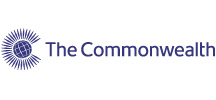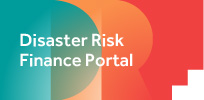IMF Stand-By-Arrangements (SBA)
Published by Disaster Risk Financing on
IMF Stand-By-Arrangements (SBA)
The new SBA framework has expanded the range of high access precautionary arrangements (HAPAs), a type of insurance facility against very large potential financing needs. Precautionary arrangements are used when countries do not intend to draw on approved amounts, but retain the option to do so should they need it. In an economic crisis, countries often need financing to help them overcome their balance of payments problems. Since its creation in June 1952, the IMF’s Stand-By Arrangement (SBA) has been used time and again by member countries, and it is the IMF’s workhorse lending instrument for emerging and advanced market countries. The SBA was upgraded in 2009 along with the Fund’s broader toolkit to be more flexible and responsive to member countries’ needs. Conditions were streamlined and simplified, and more funds were made available up front. The new framework also enables broader high-access borrowing on a precautionary basis.
Provided by
Coverage
Instrument type
Eligibility
Eligibility to these facilities requires countries to have strong macroeconomic fundamentals. However, when disasters are occurring so often and increasing in their intensity, many disaster-prone countries are unlikely to have strong macroeconomic fundamentals.

